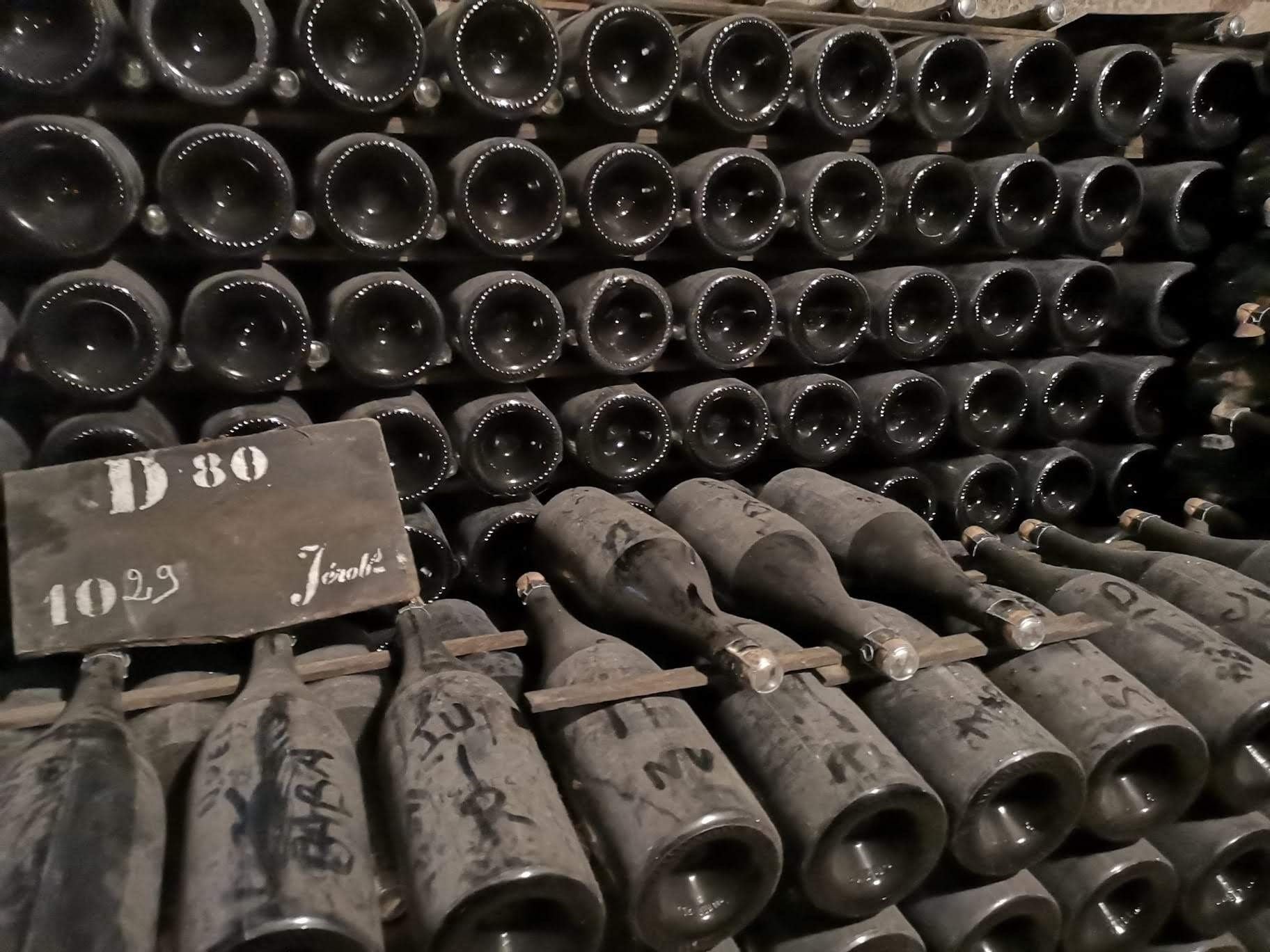Who does not dream of winning a trip to the country of origin of champagne? This is exactly the unique opportunity we offer our hospitality management students every year.
The trip will be raffled off at a champagne workshop in the beverage class of Manfred Wagner. The students will taste the most exclusive wines and answer detailed questions about champagne and its growing area. Whoever masters this challenge best will win the trip to Champagne, where the hospitality students can visit various champagne houses and participate in further tastings.
In the German Hospitality Management Class (HF) Frederick Jones achieved the best grade this year and was allowed to travel to Champagne, we congratulate! Read here his report about his experiences on this extraordinary trip.
The Comité de Champagne invites to discover the origin of champagne
On a sunny weekend in October, I had the privilege, as representative of the students of the EHL Swiss School of Tourism and Hospitality in Passugg, to accept the invitation of the Comité de Champagne and travel to the Champagne region. I was presented with this prize as the winner of a competition during Manfred Wagner's beverage lessons.
On this journey to the origin of champagne we were accompanied by Mr. Byron Catéchis from the Swiss Wine School, who was already waiting for us in Basel. From here we took the TGV to Strasbourg, where a taxi was already waiting for us to take us to the hotel.
The three-course dinner already gave an idea of where the journey was headed. Each course was accompanied by a convincing champagne: Deutz, Laurent-Perrier and Billecart-Salmon made it into the selection. The anticipation of tasting more exquisite wines over the next few days increased.
In the cellars of Chateau Pommery
The next day the journey continued to the Chateau Pommery, an architectural jewel with a lot of champagne history. The Chateau was already recognizable from a distance. Magnificently rests its blue facade on the highest hill in Reims. The towers show how imposing this champagne house is. And it was the same thought that occupied Louise Pommery when her husband died. She wanted to lure rich customers from Great Britain and convince them to import the tingly wine. She had the historic Roman tunnels, which are located in the chalk soils under Reims, converted into ageing cellars for her champagne, thus laying the foundation stone for the unique Domaine Pommery.
We got a guided tour through the Chateau Pommery and the huge tanks, the last grapes on the vines and the long tunnels of the cellar labyrinth with our own eyes. Of course a tasting of the Pommery Cuvée Louise 2004 and two other champagne varieties followed at the end.
Biodynamic production is also gaining ground with Champagne
Afterwards we hospitality management students went to a small family business just outside the city. Laherte Frères is a biodynamic producer where champagne has been produced for six generations. They grow such exceptional grapes, which, if you look at the whole Champagne region, account for only about 0.3% of the market share.
For tasting we were presented with the Les Sept edition by Laherte Frères. In this drop we found, among others, Petit Meslier, Pinot Blanc, Pinot Gris and Arbanne grapes, which, starting with the 2005 vintage, are married using the Solera method, in a way that is normally only used for sherry.
In this small, very down-to-earth business we learned how close this craft is to the people of Champagne and also that climate change is bringing uncertainties for the future of the region.
The Comité de Champagne also showed us during our time in Champagne how important it is to represent a protected label and what it takes to maintain it.





